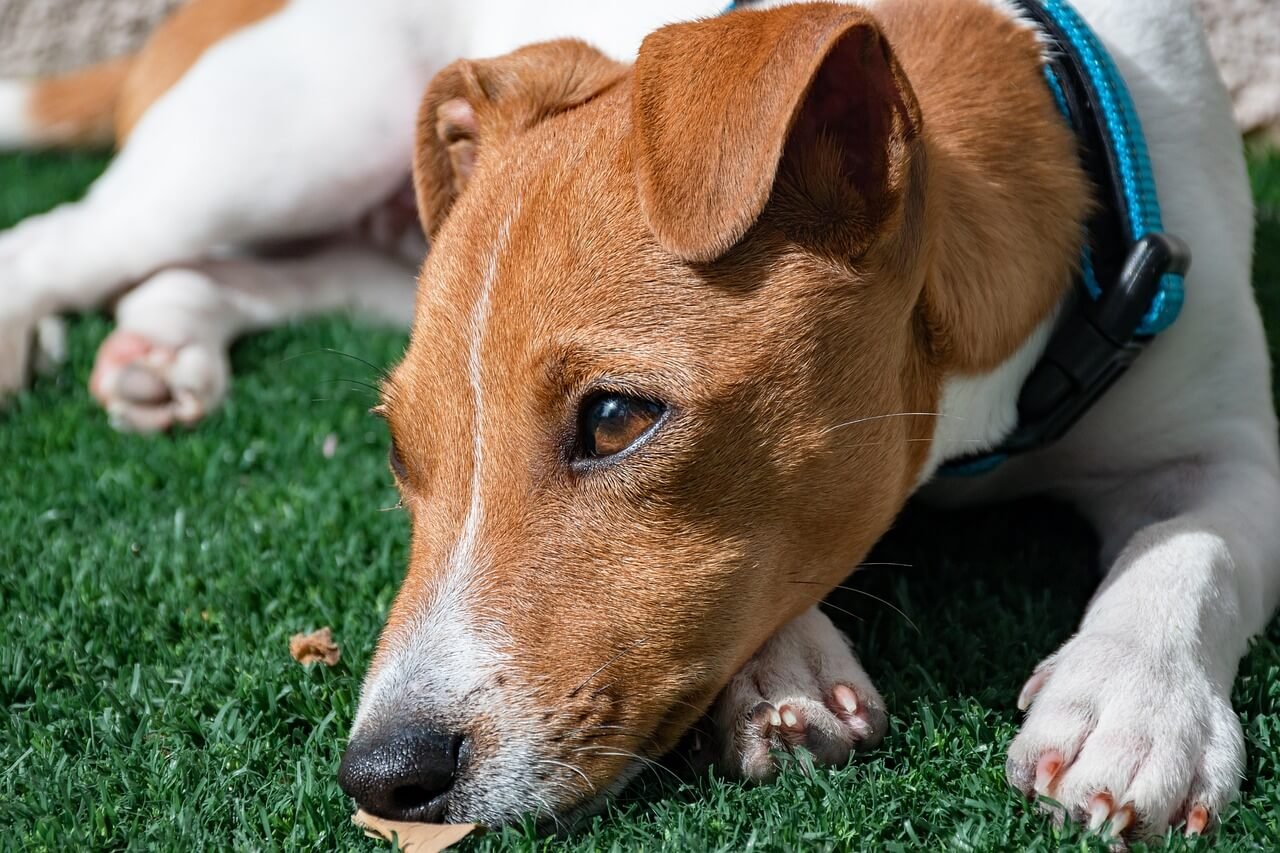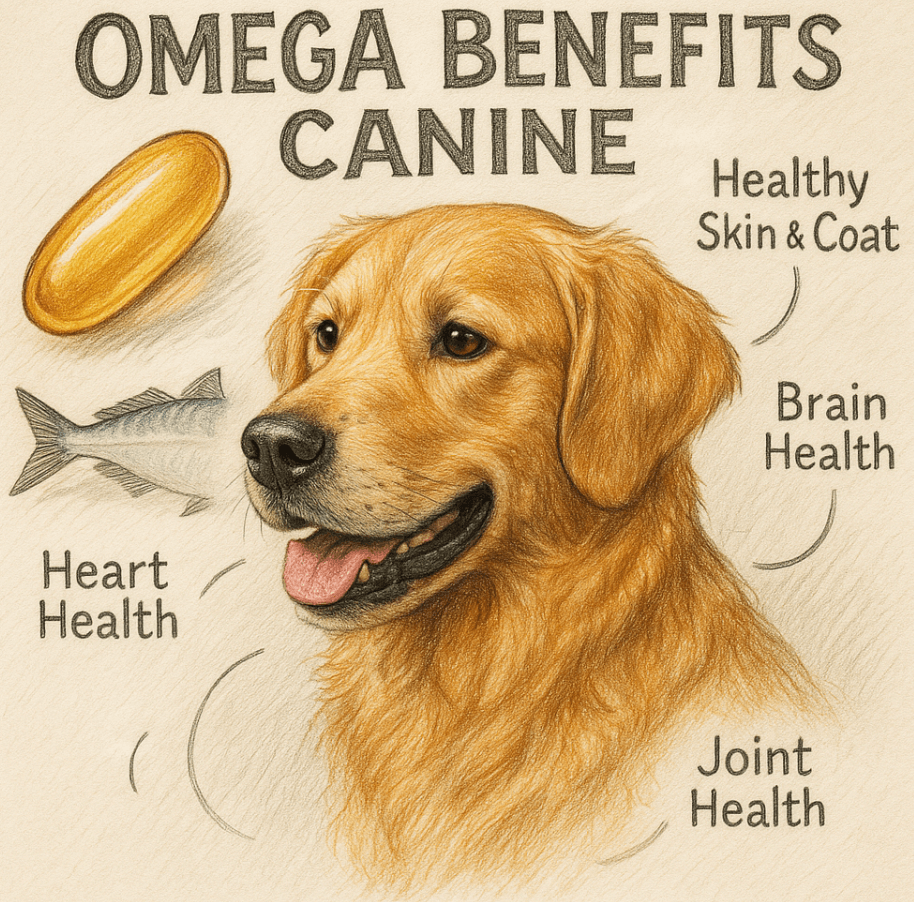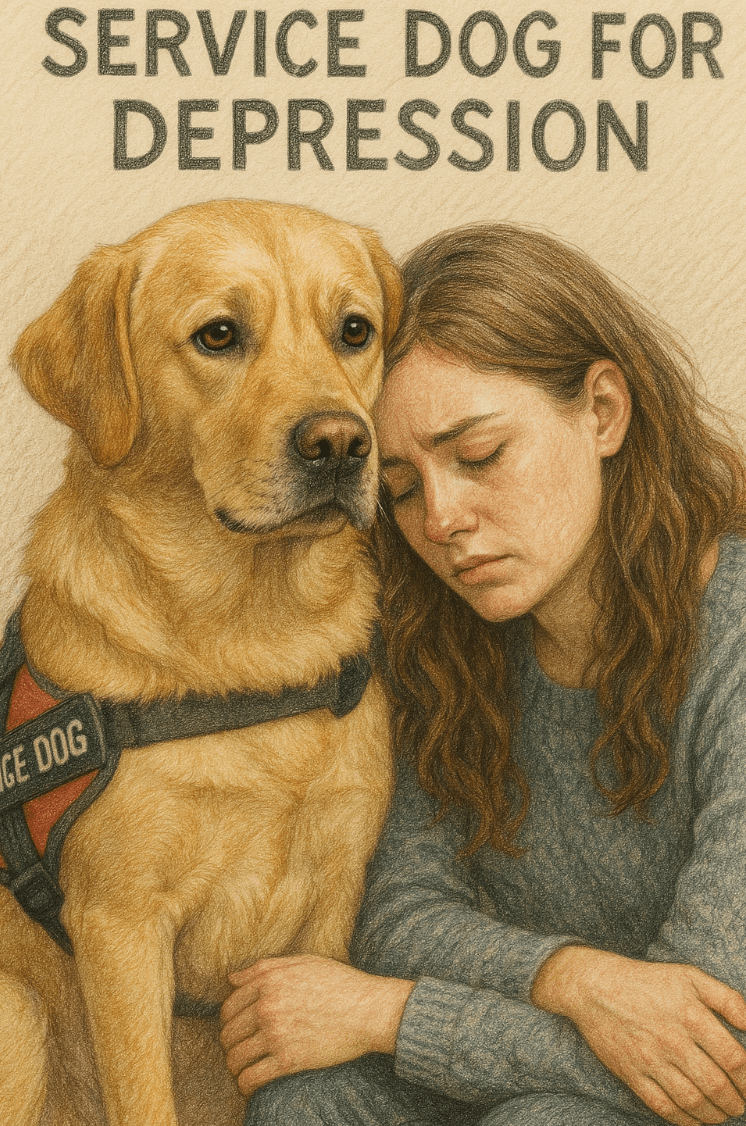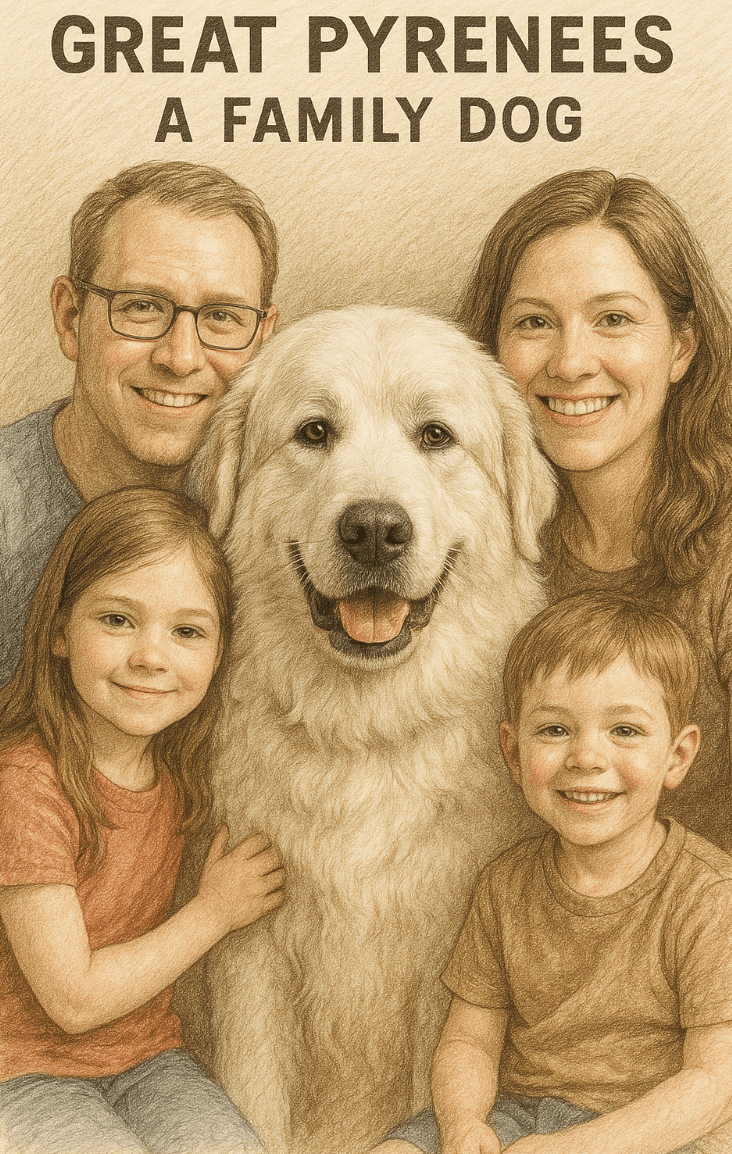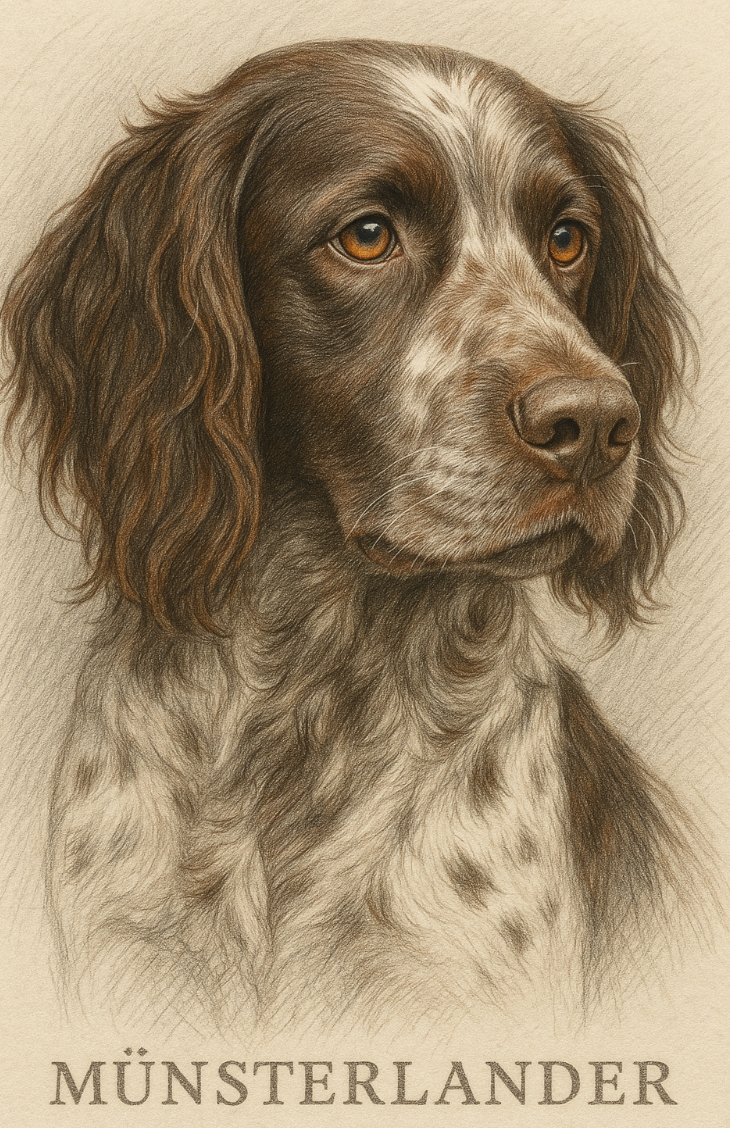Understanding Pneumothorax in Dogs: Causes, Symptoms, and Treatment
Pneumothorax is a serious condition that can affect dogs of all breeds and sizes. It occurs when air enters the space between the lungs and the chest wall, disrupting normal breathing. While it may sound alarming, understanding pneumothorax in dogs can help pet owners recognize the signs early and seek prompt veterinary care. This condition can be caused by trauma, underlying health issues, or even spontaneous events. In this blog post, we’ll explore what pneumothorax is, its symptoms, potential causes, and treatment options. Whether you’re a first-time dog owner or a seasoned pet parent, this guide will equip you with the knowledge to protect your furry friend’s health.
What Is Pneumothorax? A Closer Look at the Condition
Pneumothorax is a medical term used to describe the presence of air in the pleural cavity, the space surrounding the lungs. This abnormal accumulation of air prevents the lungs from expanding properly, leading to breathing difficulties. To better understand this condition, let’s break down its key characteristics.
Types of Pneumothorax:
There are different types, including traumatic, spontaneous, and tension pneumothorax, each with distinct causes and severity levels.Impact on Breathing:
The trapped air compresses the lungs, making it harder for your dog to breathe and potentially leading to respiratory distress.Common Symptoms:
Dogs with pneumothorax often exhibit rapid breathing, coughing, labored breaths, and bluish gums due to lack of oxygen.Diagnosis Process:
Veterinarians typically use X-rays or ultrasound imaging to confirm the presence of air in the pleural cavity.Urgency of Treatment:
Pneumothorax is considered a medical emergency, as severe cases can lead to life-threatening complications if left untreated.
Understanding these aspects of pneumothorax highlights the importance of recognizing symptoms early and seeking professional care. Timely intervention can make all the difference in your dog’s recovery.
Causes of Pneumothorax in Dogs: What Pet Owners Should Know
The causes of pneumothorax in dogs can vary widely, ranging from accidental injuries to underlying health conditions. Identifying the root cause is crucial for determining the appropriate treatment plan. Here’s an overview of the most common factors that contribute to this condition.
Trauma or Injury:
Car accidents, falls, or blunt force trauma can damage the chest wall or lungs, allowing air to leak into the pleural cavity.Penetrating Wounds:
Bite wounds, punctures, or surgical complications may introduce air into the chest cavity, leading to pneumothorax.Underlying Lung Disease:
Conditions like chronic bronchitis or lung tumors can weaken lung tissue, increasing the risk of spontaneous pneumothorax.Congenital Factors:
Some dogs are born with structural abnormalities in their respiratory system, predisposing them to this condition.Iatrogenic Causes:
Medical procedures, such as biopsies or surgeries involving the chest, can inadvertently result in air leakage.
By understanding these potential causes, pet owners can take preventive measures and remain vigilant about their dog’s health. Early detection and treatment are key to ensuring a positive outcome.
Check this guide 👉Understanding Melanocytoma in Dogs: Best 7 Expert Tips!
Check this guide 👉Understanding Corneal Lipidosis in Dogs: Best 7 Tips!
Check this guide 👉Understanding Mucocutaneous Pyoderma in Dogs: Best 7 Tips!

Symptoms of Pneumothorax | Possible Causes |
|---|---|
Rapid, shallow breathing | Trauma or injury |
Coughing | Penetrating wounds |
Labored breathing | Underlying lung disease |
Bluish gums or tongue | Congenital abnormalities |
Lethargy or weakness | Iatrogenic causes (medical errors) |
Treatment Options for Pneumothorax in Dogs: What to Expect
Treating pneumothorax in dogs depends on the severity of the condition and its underlying cause. Veterinary care is essential to stabilize the dog and restore normal lung function. Here’s an overview of the most common treatment approaches.
Oxygen Therapy:
Providing supplemental oxygen helps improve oxygenation and ease breathing until the condition stabilizes.Chest Tube Placement:
In severe cases, a chest tube may be inserted to remove excess air from the pleural cavity.Surgery:
For traumatic or persistent cases, surgery may be required to repair damaged tissues or address underlying issues.Medications:
Antibiotics or anti-inflammatory drugs may be prescribed to prevent infection and reduce inflammation.Monitoring and Rest:
After treatment, close monitoring and restricted activity are necessary to ensure proper healing.
These treatment options aim to alleviate symptoms, address the root cause, and prevent recurrence. Working closely with your veterinarian ensures the best possible outcome for your dog.
Preventing Pneumothorax in Dogs: Tips for Pet Owners
While not all cases of pneumothorax can be prevented, there are steps pet owners can take to minimize the risk. Proactive care and attention to your dog’s health can go a long way in avoiding this serious condition. Here are some practical tips to keep your dog safe.
Avoid High-Risk Activities:
Supervise your dog during play and avoid situations where they might sustain chest injuries.Regular Vet Check-Ups:
Routine veterinary exams can help detect underlying health issues before they escalate.Monitor for Respiratory Issues:
Be alert to changes in your dog’s breathing patterns, as early signs may indicate a problem.Secure Your Environment:
Remove sharp objects or hazards that could cause puncture wounds or trauma.Post-Surgical Care:
Follow your vet’s instructions carefully after surgeries to reduce the risk of complications.
By taking these preventive measures, you can significantly reduce the likelihood of pneumothorax affecting your beloved pet. Prevention is always better than cure.
The Role of Diet in Managing Pneumothorax Recovery
Proper nutrition plays a vital role in supporting your dog’s recovery from pneumothorax. A balanced diet can strengthen their immune system and promote faster healing. Here are some dietary considerations to aid in recovery.
High-Quality Protein:
Protein-rich foods support tissue repair and muscle strength during recovery.Omega-3 Fatty Acids:
These anti-inflammatory nutrients can help reduce swelling and promote lung health.Hydration:
Ensuring your dog stays hydrated is essential for maintaining respiratory function.Limited Sodium Intake:
Reducing sodium can prevent fluid retention, which may worsen breathing difficulties.Small, Frequent Meals:
Smaller meals spread throughout the day are easier to digest and less taxing on the body.
A thoughtful diet can complement medical treatment and enhance your dog’s recovery process. Always consult your veterinarian before making dietary changes.
Signs That Your Dog Is Improving After Pneumothorax
As your dog recovers from pneumothorax, certain signs indicate progress and improvement. Monitoring these changes can reassure you that your pet is on the right track. Here’s what to look for.
Improved Breathing Patterns:
Your dog’s breathing becomes slower, deeper, and less labored over time.Increased Energy Levels:
A recovering dog will gradually regain their usual energy and enthusiasm.Healthy Gum Color:
Pink gums suggest adequate oxygenation, while bluish gums indicate ongoing issues.Normal Appetite:
A return to regular eating habits is a positive sign of recovery.Reduced Coughing:
Persistent coughing subsides as the lungs heal and function improves.
These signs reflect your dog’s journey toward full recovery. Celebrate these milestones while continuing to follow your vet’s guidance.
Emotional Support for Dogs Recovering from Pneumothorax
Recovery from pneumothorax isn’t just physical; it’s emotional too. Providing comfort and reassurance can help your dog feel safe and supported during this challenging time. Here are ways to offer emotional support.
Quiet Environment:
Create a calm, stress-free space where your dog can rest without disturbances.Gentle Interaction:
Spend quality time with your dog through gentle petting and soothing words.Positive Reinforcement:
Reward small achievements, like walking or eating, to boost their confidence.Companionship:
Being present and attentive reassures your dog that they’re not alone.Routine Reestablishment:
Gradually reintroduce familiar routines to provide stability and comfort.
Emotional well-being is just as important as physical recovery. By nurturing your dog’s spirit, you can help them heal holistically and regain their zest for life.
Frequently Asked Questions About Pneumothorax in Dogs
Can pneumothorax in dogs be fatal?
Yes, if left untreated, severe cases can lead to respiratory failure and death.
How quickly should I seek veterinary care?
Immediate care is essential, as pneumothorax is considered a medical emergency.
Are certain breeds more prone to pneumothorax?
While any dog can develop this condition, deep-chested breeds may be at higher risk due to their anatomy.
Can pneumothorax recur after treatment?
Yes, especially if the underlying cause isn’t addressed or if the dog experiences another injury.
Is surgery always required for treatment?
No, mild cases may resolve with conservative treatments like oxygen therapy and rest.
Protecting Your Dog’s Health: A Final Word on Pneumothorax
In conclusion, pneumothorax is a serious but treatable condition that requires immediate attention from a qualified veterinarian. By understanding its causes, recognizing the symptoms, and knowing the available treatment options, pet owners can ensure their dogs receive the care they need. Prevention plays a critical role, and being proactive about your dog’s health can make all the difference. Remember, your furry companion relies on you to keep them safe and healthy. With vigilance, compassion, and timely veterinary support, you can help your dog overcome pneumothorax and enjoy a happy, active life.
Omega Benefits Canine: Best 7 Expert Tips! Discover how omega fatty acids boost your dog’s health, from skin and coat to joints and immunity, with expert advice for optimal canine wellness.
Service Dog for Depression: Best 7 Expert Tips! Discover how service dogs provide emotional support, perform vital tasks, and improve mental health for individuals managing depression.
Is a Great Pyrenees a Family Dog? Best 7 Expert Tips! Discover expert advice on temperament, care, and training to determine if this gentle giant is the perfect family companion for your home.
Munsterlander Dog: Best 7 Expert Tips! Discover expert advice on training, care, and living with this intelligent, energetic breed for a happy and healthy companion.

